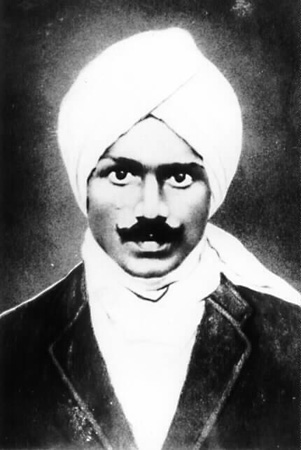What is Design Thinking?
Design Thinking is a collection of steps in which we seek to understand the user, define the problem in a simply way, in an attempt to identify one more solutions and then demonstrate the idea in a practical way and test it. It is a methodical way of thinking and working with tools as well as hands-on methods.
Ideal Workshop for Design Thinking
- Done in a physical interactive way with two or more teams.
- There is no limit of people participating the design thinking workshop. People participating are randomly divided into teams.
- Teams can work on same problem statement or different problem from each other. But one team work on one problem statement.
- Teams work to solve one or more problems using design thinking methodologies.
- There are many apps available which can be used during the workshop from user interview to protocol. You can search such apps available in Playstore.
- Stationary are used like white board, chart, sticky notes, pens and pencil.
Design thinking in real world
Starbuck decided to interview hundreds of customers using Design Thinking me
thodology to interview hundreds of customers to better understand what they expected from their coffee shops.

Through empathy, we are able to put
ourselves in other people's shoes and connect with how they might be feeling
about their problem, circumstance, or situation. Some questions to consider:
What is the person feeling?
What actions or words indicate this feeling?
Can you identify their feelings through words?
What words would you use to describe their feelings?
The next step is to define the feelings and insights from
empathy step and identify the main problem to be solved.
Condition:
Problem statement should be identifiable, positive, meaningful,
and actionable.
Defining the problem is part of the process of shaping a
point of view of USER (emotional reaction) – drawn from USER RESEARCH
(insights) -- about the problem. Therefore, it should inspire the group,
the team, or the organization to find solutions.
How to Frame a Good Problem statement?
A problem statement identifies the gap between the current state (i.e. the problem) and the desired state (i.e. the goal) of a process or product.
Using the 4 Ws: “Our (who) has the problem that (what) when (where). Our solution should deliver (why).
e.g., “Our new mother has the problem that she has no one to talk to about the best way to care for her baby when she is at home alone every day. Our solution should deliver a way for her to feel connected to other mothers so she feels less isolated and alone.”
No Matter How Simple, Should:
- Avoid
proposing solutions. It’s easy to think in the tangible terms of
features and functionality, but these will only distract from first
understanding the fundamental problem.
- Ask
why. It’s a simple question to help find insights under the
surface.
- Reflect. Take
time to step back and look for connections and patterns. This is where
insights lie that can set a product apart from competitors.
- Keep
it universal. Avoid using jargon or any unnecessary complexities.
The problem should be simple for anyone to understand, and ideally, to
retell.
STAGE:3
This is the stage where ideas are generated. Here are a few
strategies that you can encourage:
- Mindmapping-
You use this graphical technique to connect ideas to problems’ major and
minor qualities.
- Brainstorming-
You build good ideas from each other’s wild ideas
- Brainwriting –
This is like brainstorming, but everyone writes down and passes ideas for
others to add to before discussing
- Challenging
Assumptions – overturn established beliefs about problems,
revealing fresh perspectives.
- Sketch-notes-
use rough sketches/diagrams to express ideas/potential solutions and
explore the design space.
- Bodystorming-
use role-playing in scenarios/customer-journey steps to find
solutions.
- Storyboarding –
develop a visual problem/design/solution-related story to illustrate a situation’s
dynamics.
The goal of a prototype is to test products (and product
ideas) before spending lots of time and money into creating the
final version of the sellable product.
- Paper/cardboard
Prototyping
- Digital/electronic
Prototyping
- Prototyping
by computer coding/programming
Testing helps the users to create their own
experiences, and also helps us to identify how to improve their experiences
next time.
The opportunity for empathizing is important at this stage,
because one is able to see the user's experience and hear his or her thoughts,
feelings, and ideas.
ü Receive feedback and improve






















0 Comments